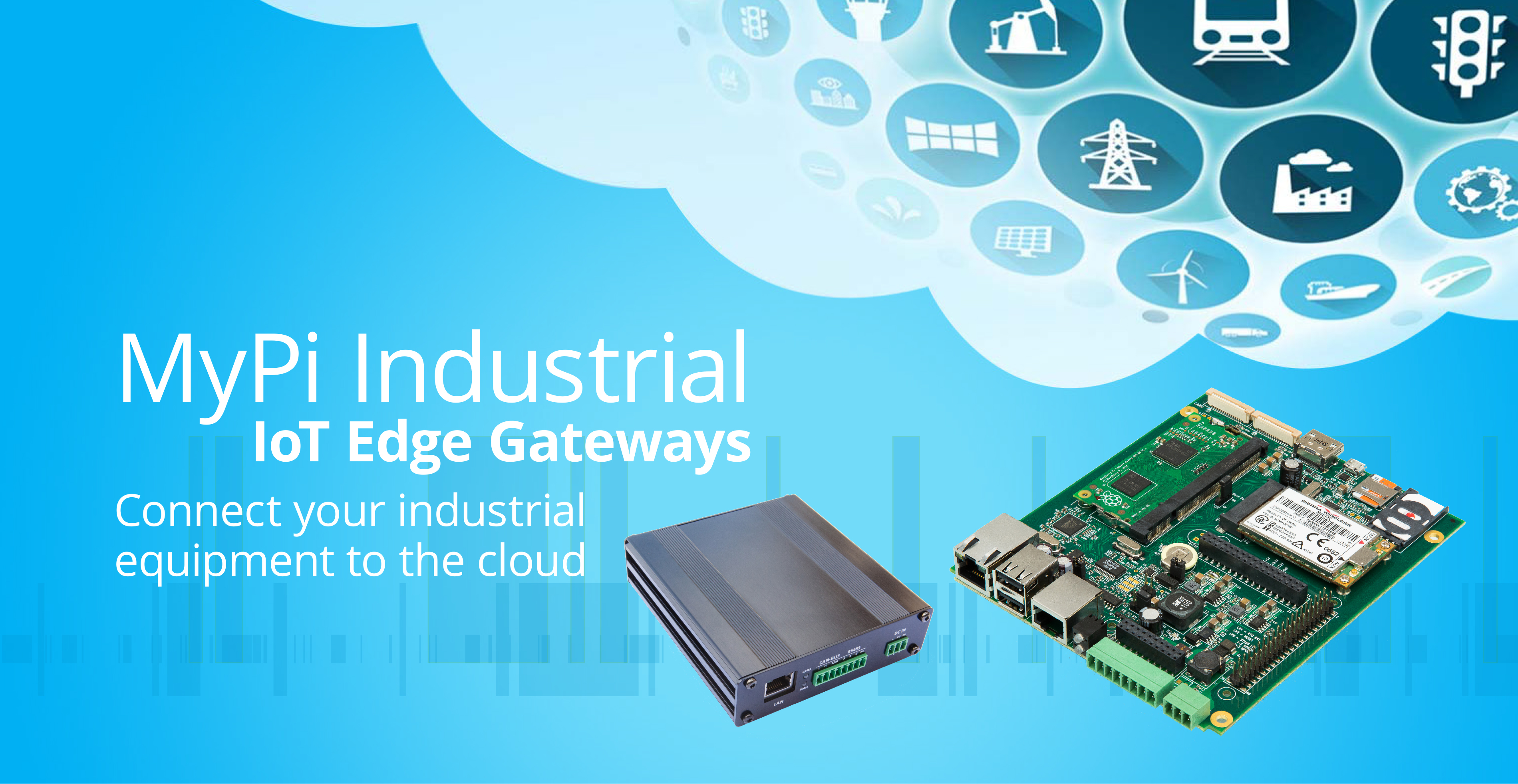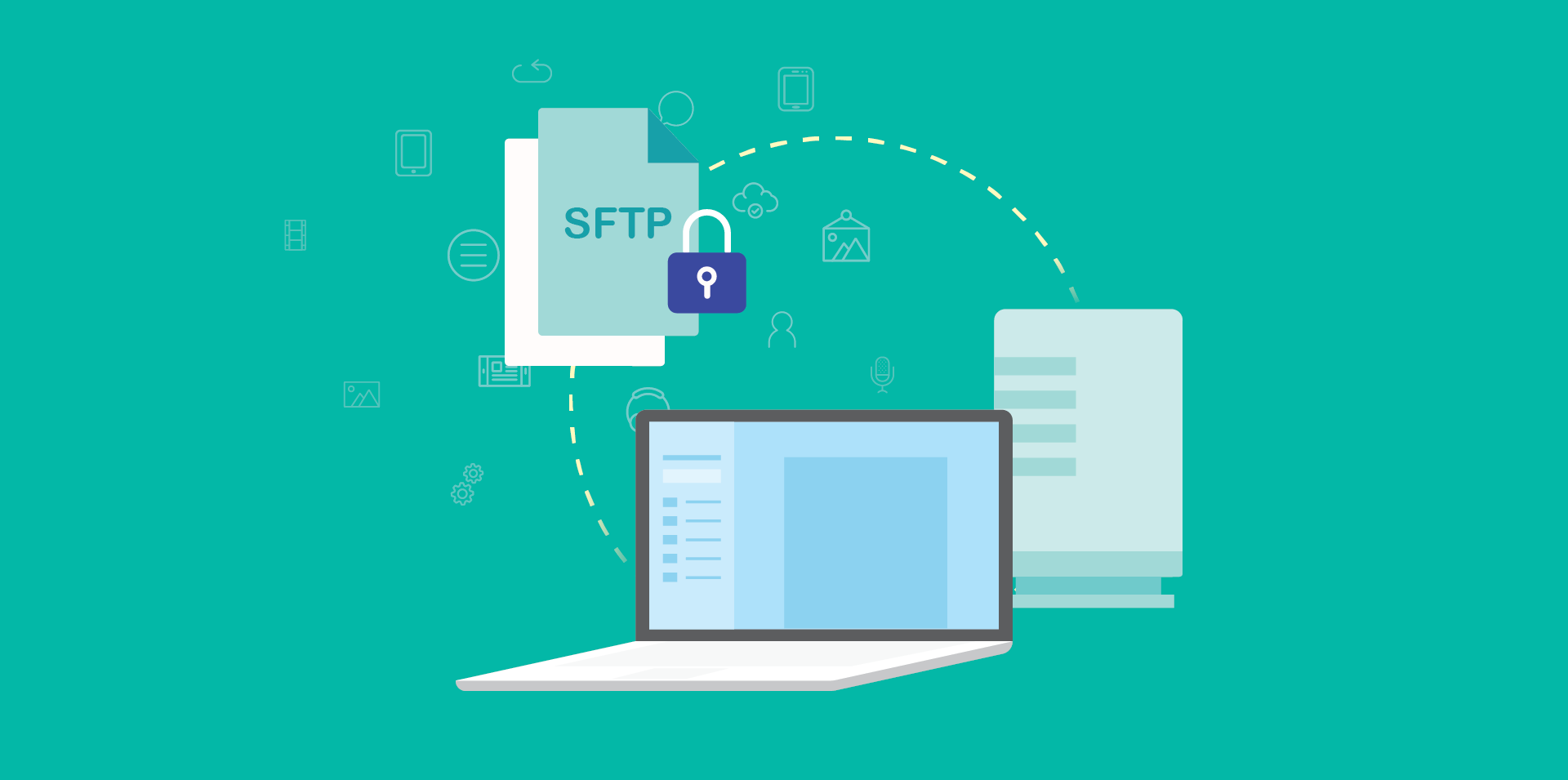Ultimate Guide: Remote IoT Platform SSH On Raspberry Pi!
Ever felt limited by your inability to directly control your Raspberry Pi from anywhere in the world? The remoteiot platform, combined with the power of SSH, unlocks a new realm of possibilities, allowing you to manage your Raspberry Pi projects securely and efficiently, regardless of your location.
This comprehensive guide delves into the intricacies of downloading and configuring a remote IoT platform using SSH on a Raspberry Pi, focusing on enabling seamless remote access, secure file transfers, and command execution. Whether you're a seasoned developer or a hobbyist exploring the Internet of Things (IoT), mastering the remoteiot platform and SSH is crucial for unlocking the full potential of your Raspberry Pi projects. Imagine being able to debug code, monitor sensor data, or control actuators from the comfort of your home, even if your Raspberry Pi is deployed in a remote location. This guide provides the knowledge and steps to make that a reality. The remoteiot platform, in conjunction with SSH, serves as a secure bridge, connecting you to your Raspberry Pi and enabling you to manage your projects with ease.
| Category | Information |
|---|---|
| Platform Name | RemoteIoT |
| Key Feature | Secure remote access and management of Raspberry Pi |
| Access Method | SSH (Secure Shell) protocol |
| Operating System | Raspberry Pi OS (formerly Raspbian) |
| Primary Use Case | Remote IoT project management, debugging, and monitoring |
| Security Features | Encrypted communication via SSH, user authentication |
| Setup Complexity | Moderate (requires basic networking knowledge) |
| Alternative Methods | VNC (Virtual Network Computing), VPN (Virtual Private Network) |
| Advantages | Secure, efficient, command-line based access, low overhead |
| Disadvantages | Requires command-line knowledge, can be complex to configure |
| Official Website | Raspberry Pi Foundation |
One of the primary hurdles faced when deploying Raspberry Pi devices in the field is remote access. Often, these devices are situated behind firewalls or NAT (Network Address Translation) routers, making direct access challenging. However, the remoteiot platform, integrated with SSH, elegantly circumvents these limitations. By establishing a secure tunnel, you can remotely access your Raspberry Pi, irrespective of the network configuration. This capability is particularly valuable for applications where physical access to the device is impractical or impossible, such as environmental monitoring in remote locations, agricultural automation, or security systems deployed in geographically dispersed areas.
The beauty of this approach lies in its simplicity and security. SSH provides an encrypted channel for communication, ensuring that your data remains confidential and protected from eavesdropping. With the remoteiot platform, you can securely transfer files to and from your Raspberry Pi, install software updates, and execute commands remotely, all without exposing your device to the open internet. This level of control and security is paramount for sensitive applications where data integrity and privacy are of utmost importance. Setting up remoteiot monitoring SSH download Raspberry Pi involves a series of steps to ensure that your Raspberry Pi is properly configured for remote access and IoT.
Diving deeper into the process, the initial step involves downloading and installing the Raspberry Pi OS, the official operating system for Raspberry Pi devices. Once the OS is installed, enabling SSH is crucial. This can be accomplished through the Raspberry Pi Configuration tool, accessible via the desktop environment, or by creating a file named "ssh" (without any extension) on the boot partition of the SD card. This seemingly simple step unlocks the gateway to remote access. Select interfacing options and enable SSH. Reboot your Raspberry Pi to apply the changes.
After enabling SSH, the next step is configuring the remoteiot platform. This typically involves installing the necessary software packages and configuring the platform to connect to your Raspberry Pi. The specific steps may vary depending on the remoteiot platform you choose, but the underlying principle remains the same: establishing a secure connection between your Raspberry Pi and the remote management interface. The remoteiot platform often provides a user-friendly interface for managing your Raspberry Pi devices, allowing you to monitor their status, deploy updates, and execute commands with ease.
One of the significant advantages of the remoteiot platform is its ability to download Raspberry Pi software without the need for SSH in some cases. This feature simplifies the initial setup process and enhances security by eliminating the need for traditional SSH methods for the initial download. While SSH is still essential for ongoing remote management, this feature provides a streamlined approach for getting started. This is particularly useful for users who are not familiar with command-line interfaces or who prefer a more graphical approach to software installation.
However, for those who prefer the flexibility and power of SSH, the remoteiot platform seamlessly integrates with SSH clients. Once SSH is enabled on your Raspberry Pi, you can connect to it from your Mac, Windows, or Linux machine using a terminal application. The command `ssh pi@` establishes a secure connection, allowing you to access the command-line interface of your Raspberry Pi. From there, you can execute commands, transfer files, and manage your device as if you were physically connected to it. Open terminal on your Mac. Ssh pi@, replacing with the actual IP address of your.
Consider a scenario where you're developing an IoT application that involves collecting data from sensors deployed in a remote agricultural field. With the remoteiot platform and SSH, you can remotely access your Raspberry Pi-based data logger, download the collected data, and analyze it to optimize irrigation or fertilization strategies. You can also remotely update the data logging software or troubleshoot any issues that may arise, all without having to physically visit the field. This level of remote management significantly reduces operational costs and improves efficiency.
Furthermore, the remoteiot platform can be integrated with other IoT services and platforms, such as cloud-based data storage and analytics tools. This allows you to seamlessly integrate your Raspberry Pi-based IoT solutions with your existing infrastructure and leverage the power of the cloud to gain deeper insights from your data. For example, you could configure your Raspberry Pi to automatically upload sensor data to a cloud database, where it can be analyzed using machine learning algorithms to predict crop yields or detect potential problems before they escalate.
Another compelling use case is remote security monitoring. Imagine using a Raspberry Pi with a camera module to monitor your home or business while you're away. With the remoteiot platform and SSH, you can remotely access the camera feed, review recorded footage, and receive alerts if any suspicious activity is detected. You can also remotely control pan-tilt-zoom (PTZ) cameras to get a wider view of the monitored area. This provides a cost-effective and flexible security solution that can be tailored to your specific needs.
In the realm of education, the remoteiot platform and SSH can be invaluable tools for teaching students about IoT and embedded systems. Students can remotely access Raspberry Pi devices deployed in a lab or classroom and experiment with different sensors, actuators, and software configurations. This allows them to gain hands-on experience with IoT technologies without the need for expensive equipment or specialized facilities. Furthermore, remote access enables students to collaborate on projects remotely, fostering teamwork and innovation.
Securing your Raspberry Pi when using remote access is paramount. Always use strong passwords and consider implementing multi-factor authentication for SSH access. Keep your Raspberry Pi OS and software packages up to date to patch any security vulnerabilities. Regularly review the logs to detect any suspicious activity. By taking these precautions, you can minimize the risk of unauthorized access and protect your Raspberry Pi from cyber threats. The remoteiot platform SSH, you can securely access your raspberry pi devices, transfer files, and execute commands remotely.
For those looking to download a remote IoT platform using SSH on a Raspberry Pi without Windows, this guide is your ultimate resource. Whether you're working on a Linux-based system or a Mac, the principles and techniques outlined here remain the same. The key is to have a compatible SSH client installed and configured on your machine. There are many free and open-source SSH clients available for different operating systems, such as PuTTY for Windows, OpenSSH for Linux, and Terminal for macOS.
This guide will explore how Raspberry Pi, combined with SSH, can be used to create a robust remote IoT platform. The combination of the Raspberry Pi's versatility and the secure remote access capabilities of SSH make it an ideal platform for developing and deploying IoT applications. The remoteiot platform streamlines the process of managing these applications, providing a centralized interface for monitoring, controlling, and updating your devices.
Lets face itsetting up SSH on a Raspberry Pi can be a little intimidating if you dont know where to start. But heres the good news: Its actually easier than you think. In this article, well show you how to use a remote IoT platform to download and configure SSH for your Raspberry Pi without needing a Windows machine. Configuring SSH on a Raspberry Pi without a Mac is entirely feasible, thanks to tools like the remoteiot platform.
The process begins by ensuring that your Raspberry Pi is properly set up and connected to the internet. This typically involves downloading and installing the Raspberry Pi OS, connecting the device to your network, and configuring the network settings. Once the Raspberry Pi is connected to the internet, you can proceed with enabling SSH and configuring the remoteiot platform. Remember to download the Raspberry Pi OS, enable SSH, explore the world of IoT, and experience the freedom of remote control. Setting up remoteiot monitoring SSH download Raspberry Pi involves a series of steps to ensure that your Raspberry Pi is properly configured for remote access and IoT. Remotely access Raspberry Pi behind firewall or NAT router.
In conclusion, the remoteiot platform and SSH provide a powerful combination for managing Raspberry Pi devices remotely. By mastering these tools, you can unlock a new level of control, security, and efficiency in your IoT projects. Whether you're developing a remote monitoring system, a home automation solution, or an industrial control application, the remoteiot platform and SSH can help you achieve your goals with ease. This article delves into how you can securely set up an SSH connection for your Raspberry Pi without the need for a Mac device, ensuring seamless remote management. By the end of this guide, you'll have a thorough understanding of the remoteiot platform, SSH configuration, and essential tools to download and configure your Raspberry Pi remotely. Setting up remoteiot monitoring ssh download raspberry pi involves a series of steps to ensure that your raspberry pi is properly configured for remote access and iot.

RemoteIoT Platform SSH Raspberry Pi Download Your Ultimate Guide To

RemoteIoT Platform SSH Raspberry Pi Download Your Ultimate Guide To

RemoteIoT Platform SSH Raspberry Pi Download Free Your Ultimate Guide